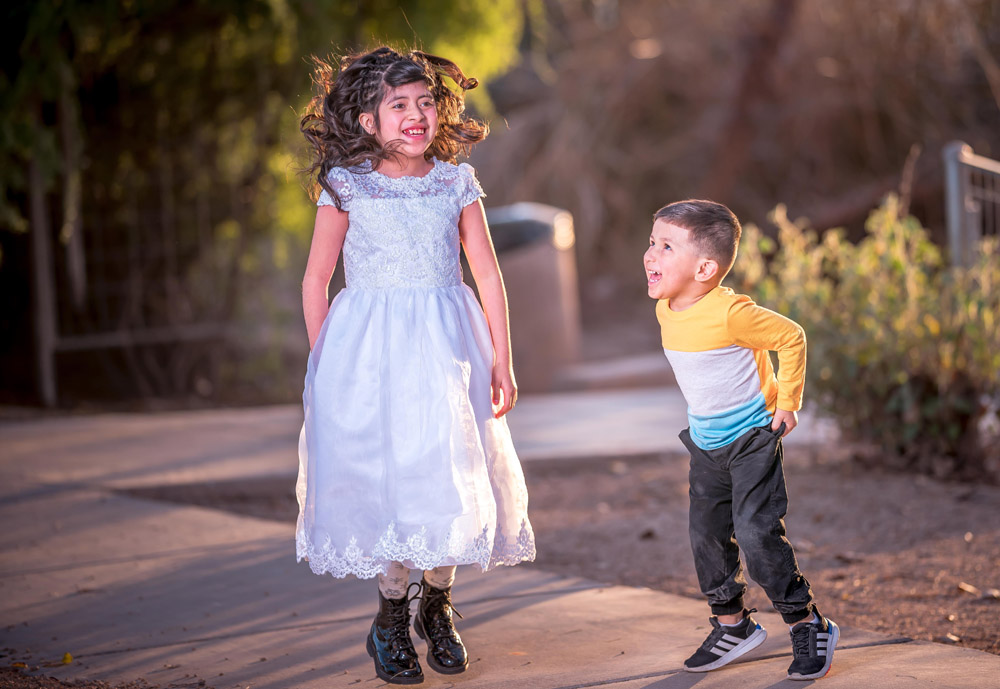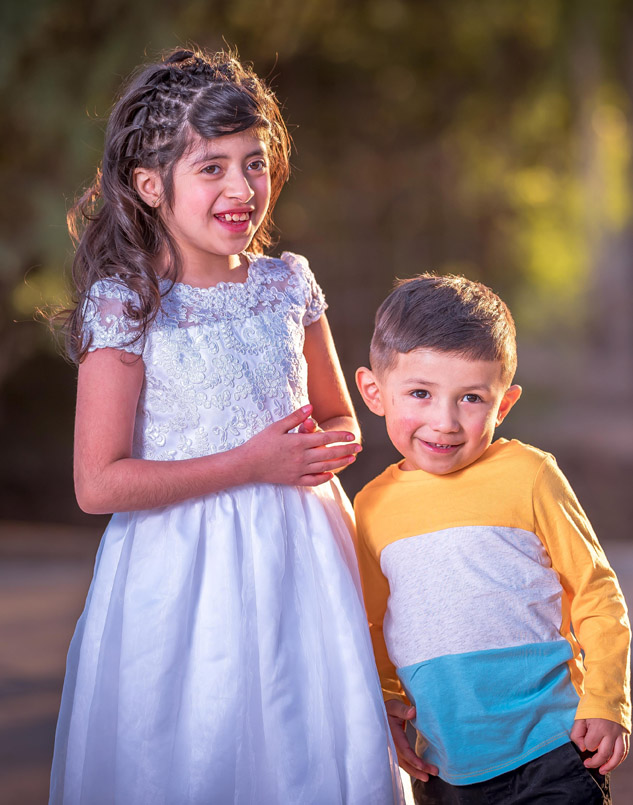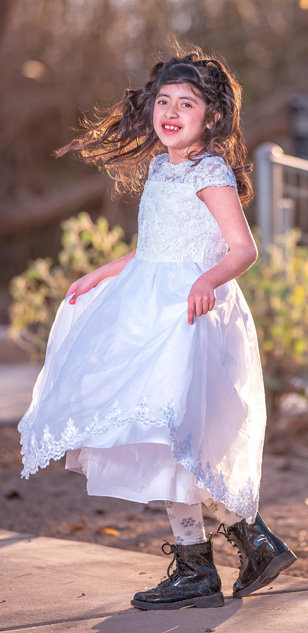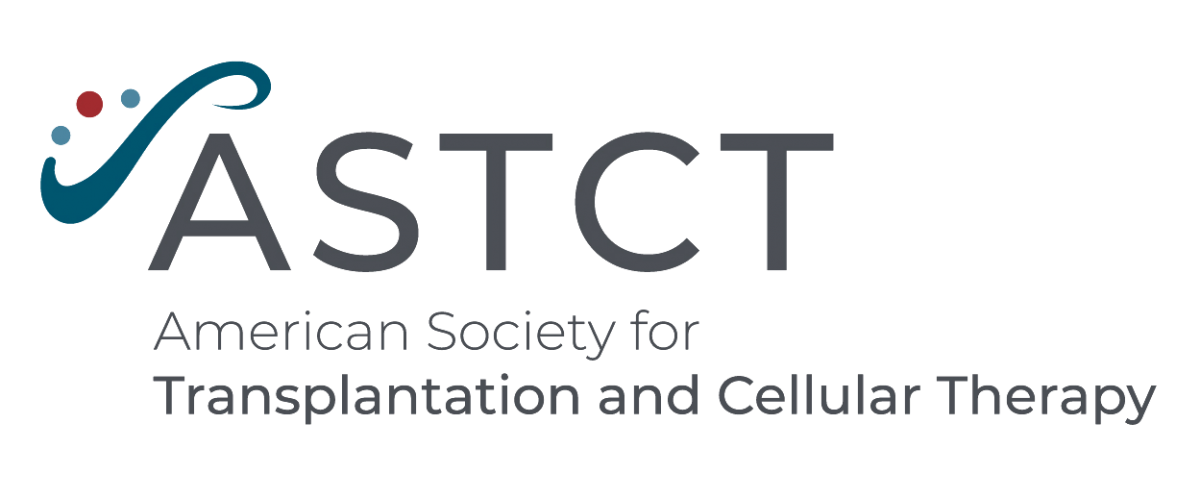Iliany Vázquez-Luque
Many thanks to Phoenix Children’s Hospital and the American Society for Transplantation and Cellular Therapy for helping us share Iliany’s story.

For the first seven years of her life, Iliany Luque presented doctors with a confounding mystery: an unrecognizable force was destroying her red blood cells so rapidly that she required two or three blood transfusions per week to survive. This problem was just one of a myriad of symptoms plaguing Iliany. From birth onward, she’d been frail; her parents worried for her constantly. As her mother describes it, Iliany was “always sick,” often with respiratory infections and was unable to grow at a normal rate.
Iliany’s loving and tight-knit family -- including her mother Enedina, father José, older sister Naomy and two younger brothers Nicolás and Venny -- did all they could to support one another during this perilous, frightening time. When Iliany was three years old, doctors recommended she have a splenectomy, which slowed but did not stop the destruction of her red cells. She  continued to get sick and lag behind her peers in growth until finally, when she was six years old, doctors at Children’s Hospital in Phoenix diagnosed Iliany with PIK3CD, a rare genetic disorder of the immune system. The diagnosis meant that, at last, a cure was possible -- stem cell transplant. Doctors quickly ascertained that her littlest brother, Venny, was a match.
continued to get sick and lag behind her peers in growth until finally, when she was six years old, doctors at Children’s Hospital in Phoenix diagnosed Iliany with PIK3CD, a rare genetic disorder of the immune system. The diagnosis meant that, at last, a cure was possible -- stem cell transplant. Doctors quickly ascertained that her littlest brother, Venny, was a match.
What came next was one of the most difficult periods for Iliany’s parents. Enedina worried that the drugs Venny had to take to stimulate stem cell growth might be harmful to him. He was just a little over a year old, and like his sister, was a small, delicate baby. Unfortunately, the first round of medication failed to produce sufficient cells and Venny endured a second round which made him feel unwell for a few days. Iliany’s parents felt responsible for their baby boy’s discomfort while simultaneously fearful for their daughter. But above all, they prayed that the transplant would offer Iliany a true cure.
During her weeks in the hospital for transplant, Iliany experienced the typical side effects of chemo, including: losing her eyebrows and eyelashes and all her hair, severe mouth sores, and fevers so high she couldn’t sleep. But perhaps most challenging aspect was that the six weeks of Iliany’s treatment fell across the height of the pandemic. The hospital would not allow Iliany’s mom to leave and return, nor was her father allowed to visit. Happily, José found an inventive way to reach his daughter and lift her spirits. He hand-made posters, mostly of giant hearts, and held them up from the parking lot, where Iliany could see him from the window in her room. Virtually every evening, in all kinds of weather, there was her dad: holding up signs of love, waving to her. Iliany’s doctors described José’s signs as her primary therapy. As her mom Enedina describes it, “When she saw those posters of hearts, it was everything!”
Now, two and a half years post-transplant and 10 years old, Iliany is fully recovered and back at school. At first, she was quite scared of being bullied in school because of “not knowing anything.” Given her compromised immune system, Iliany had never been part of a classroom community before. However, school has turned out to be a nurturing environment where Iliany’s natural empathy shines. Like many children who experience early suffering, she is motivated, above all, to be helpful and caring towards others. One of her classmates has a condition that causes drooling and Iliany can often be found at his side, gently wiping his face, and offering soft words of encouragement.
anything.” Given her compromised immune system, Iliany had never been part of a classroom community before. However, school has turned out to be a nurturing environment where Iliany’s natural empathy shines. Like many children who experience early suffering, she is motivated, above all, to be helpful and caring towards others. One of her classmates has a condition that causes drooling and Iliany can often be found at his side, gently wiping his face, and offering soft words of encouragement.
Iliany’s mother sums up her daughter’s essential kindness in this way: “Iliany has a pretty, pretty heart. She can’t bear to see homeless people in the streets. She says ‘Mommy give me something to give them.’” lliany has always had such a tender heart, her mom notes, even before transplant. When asked to reflect on what the hardship of raising a child with serious illness has brought their whole family, Enedina answers easily, “It’s showed us how to be strong together, how to look up in the sky and say thank you. And most of all, we’ve learned a lot from Iliany, she’s very brave.” Enedina recalls a moment in the hospital when she was very scared for her daughter. Iliany, just seven at the time, said, “Mom give your hand and don’t cry because I’m fine.” In retrospect, “fine” is an astonishing understatement. In every way imaginable, Iliany is fantastic.

Phoenix Children's Hospital, in collaboration with Mayo Clinic Arizona, is the only pediatric bone marrow transplant program accredited by the Foundation for the Accreditation of Cellular Therapy (FACT) in the Phoenix Valley. The program has maintained a 1+ rating through the CIBMTR for 5 years in a row and our survival rates are in the top 10% nationally. We offer novel therapies, participate in local and national clinical research, and have an experienced multidisciplinary team to care for patients and families throughout therapy and survivorship.

The American Society for Transplantation and Cellular Therapy (ASTCT), formerly known as the American Society for Blood and Marrow Transplantation, is a professional society of more than 2,200 healthcare professionals and scientists from over 45 countries who are dedicated to improving the application and success of blood and marrow transplantation and related cellular therapies. ASTCT strives to be the leading organization promoting research, education, and clinical practice to deliver the best, comprehensive patient care.
Photo Credit: Paula Maturana Phoenix, AZ